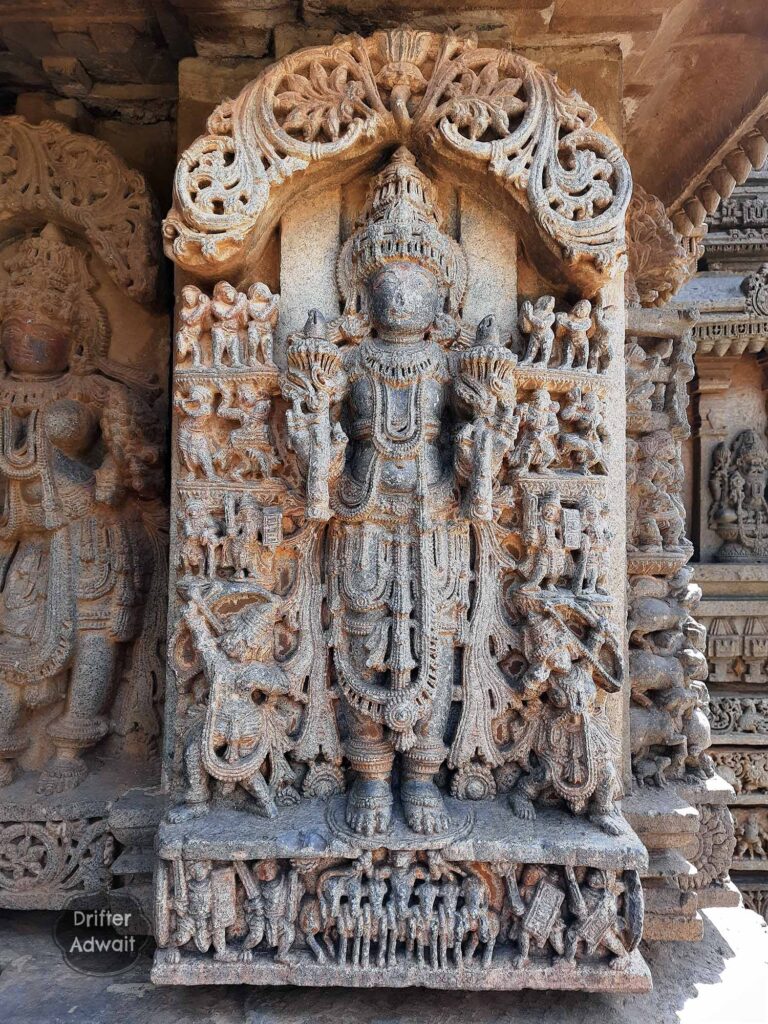
Since long time, charioteers have been shaping the history of this part of the world. May it be a charioteer with a peacock feather in his crown, or a charioteer who can withstand the extreme heat of the sun.
Sun god, or Surya has been the integral part of Sanatana tradition. Well before the Vedic period, you will see the people from India praying to this celestial entity. Even Rigveda has few Suktas, praising the Surya. Later on, the deity became mainstream, and people who became the Sun worshippers are called as Saurya Sampradaya.
Later on, Aadi Shankaracharya created the Panchaytan concept, and almost every temple in the subcontinent started honoring this life giving star a honoring place on its walls. But this story does not belongs to this space entity. While carving the anthropomorphized Sun, ancient sculptures started carving his charioteer, Arun or Aruna, main character of our story today. So, buckle up, as we are about to take a journey into space, to know about the person who is courageous enough to be the driver of the God.
The impatient mother
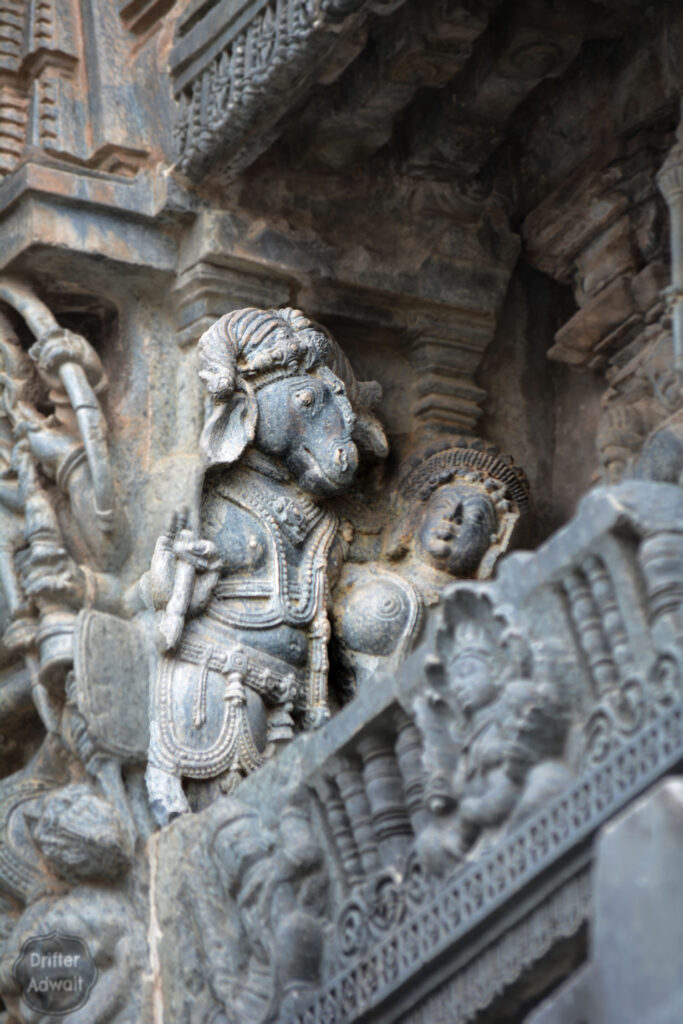
Prajapati Daksha had many daughters. Two of them, Kadru and Vinata got married to sage Kashyap. Once, for some reason, Sage Kashyap was pleased with them, and asked for a boon. Kadru asked to be a mother of thousand powerful Nagas, and Vanita asked for only two sons, but they suppose to be superior to the Sons of Kadru in every way. Both of their request were agreed by the righteous Sage. After some time, Kadru yielded thousand eggs and Vanita yielded two.
Pleased, both of them asked the maids to keep their respective eggs in hot pots. Those eggs were kept there, hatching for next five hundred years. Hatching the thousand eggs, Nagas, the Kadru’s sons got out, but the two eggs, belonging to Vinata never hatched.
ततः पुत्रार्थिनी देवी ब्रीडिता च तपस्विनी ।
अण्डं बिभेद विनता तत्र पुत्रमपश्यत । पूर्वार्धकायसम्पन्नमितरेणाप्रकाशता ।।
-(Astikparva, Aadiprava, Mahabharat)
Goddess Vinata, the ascetic, felt ashamed in front of her co-wife. (Growing impatient and curious,) she broke one egg with her hands. When the egg hatched, Vinata saw her son inside the egg. The upper part of his body was fully developed and strong, but the lower half was still incomplete (due to premature hatching).
The cursed mother
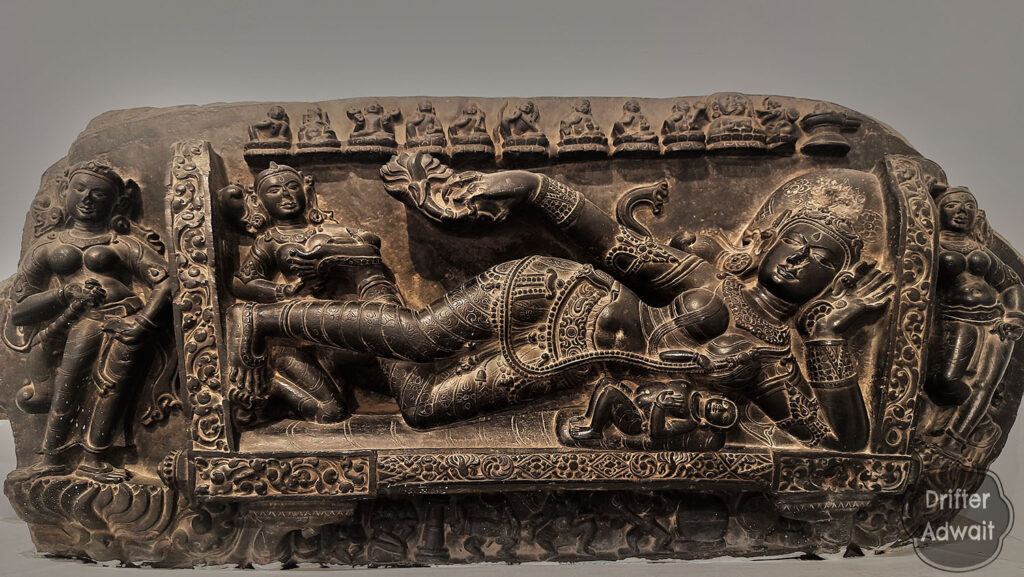
स पुत्रः क्रोधसंरब्धः शशापैनामिति श्रुतिः । योऽहमेवं कृतो मातस्त्वया लोभपरीतया ।।
शरीरेणासमग्रेण तस्माद् दासी भविष्यसि । पञ्चवर्षशतान्यस्या यया विस्पर्धसे सह ।।
It is heard that the son, in a fit of anger, cursed Vinata – ‘Mother! Under the influence of greed, you made me of an incomplete body. You did not allow all my organs to develop and become strong; Therefore, you will remain a slave to the co-wife for next five hundred years.
एष च त्वां सुतो मातर्दासीत्वान्मोचयिष्यति । यद्येनमपि मातस्त्वं मामिवाण्डविभेदनात् ।।
न करिष्यस्यनङ्गं वा व्यङ्गं वापि तपस्विनम् । प्रतिपालयितव्यस्ते जन्मकालोऽस्य धीरया ।।
विशिष्टं बलमीप्सन्त्या पञ्चवर्षशतात् परः ।।
Ma! Your son in the second egg, will free you from slavery; But mother! This can happen only if you do not make this ascetic son limbless or with incomplete limbs by breaking the egg like prematurely. Therefore, if you want to make this child very strong, then you should be patient and wait for his birth after five hundred years.
The churning of the sea
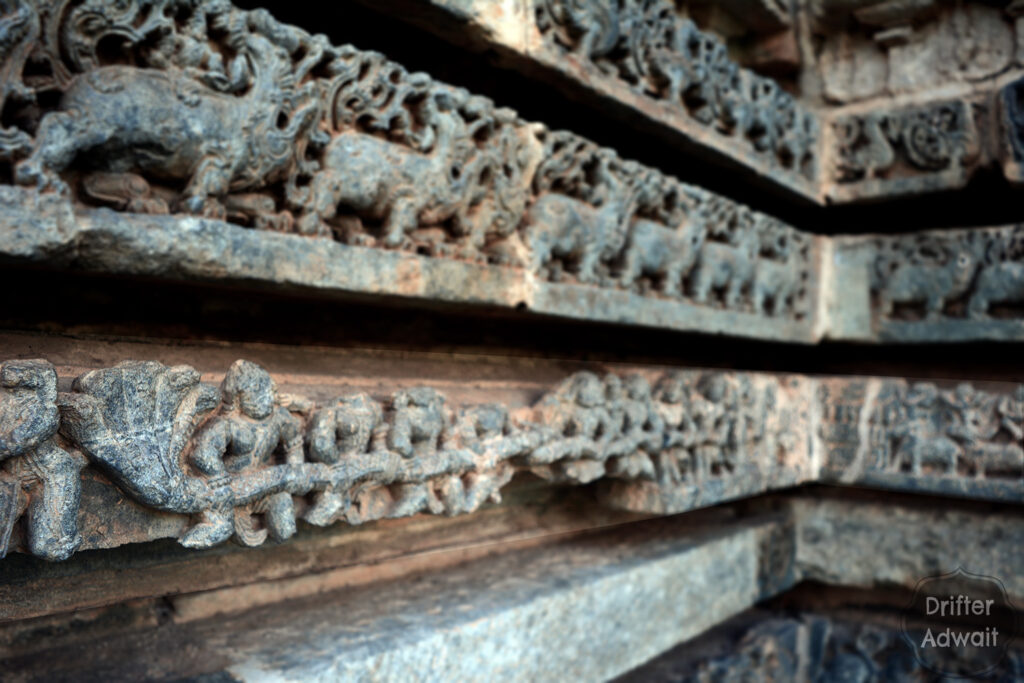
The churning of the sea was completed. Gods decided, that if the demons had the Amrit, they will create havoc in all the worlds. Hence, disused as a beautiful female, Shri Vishnu took a form of Mohini and started distributing elixir only to the Gods. Rahu the demon, found that out, and disguised as God, he drank that elixir.
At the same moment, Sun and the Moon recognized those demons in disguise, and Shri Vishnu beheaded him with his disc. As he have drank the elixir they would not die. But to avenge the beheading, Rahu started trying to swallow the sun and the moon again and again, a phenomenon today known as an eclipse.
The furious Sun
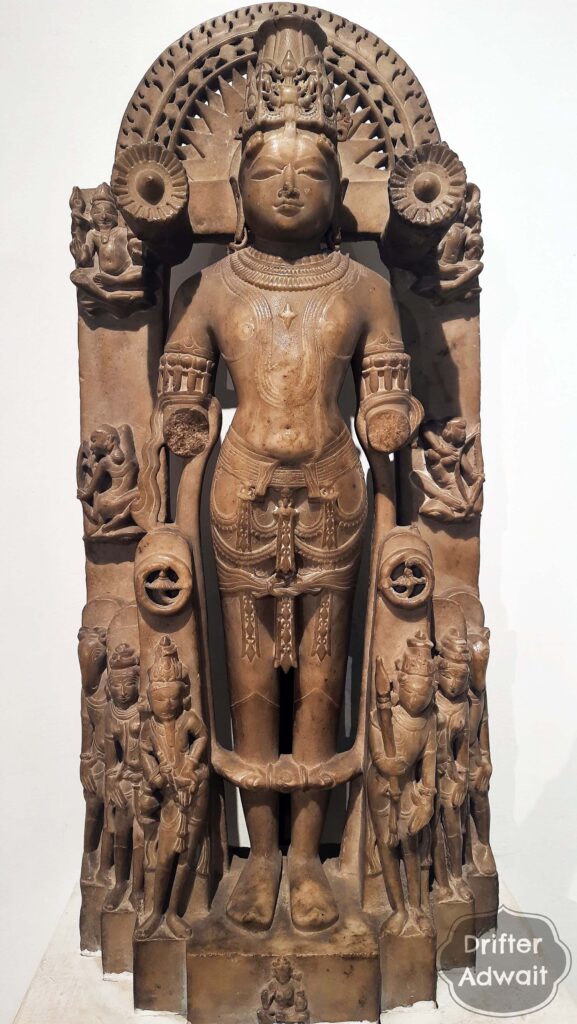
चन्द्रार्काभ्यां यदा राहुराख्यातो ह्यमृतं पिबन् ।। वैरानुबन्धं कृतवांश्चन्द्रादित्यौ तदानघ ।
वध्यमाने ग्रहेणाथ आदित्ये मन्युराविशत् ।।
(Pramatin said- Anagh!) When Rahu was drinking the nectar, the moon and the sun revealed his secret; That is why he developed a strong enmity towards the Moon and the Sun and started torturing them (by eclipsing them). Surya got angry after receiving such treatment from Rahu.
सुरार्थाय समुत्पन्नो रोषो राहोस्तु मां प्रति । बह्वनर्थकरं पापमेकोऽहं समवाप्नुयाम् ।।
सहाय एव कार्येषु न च कृच्छ्रेषु दृश्यते ।पश्यन्ति ग्रस्यमानं मां सहन्ते वै दिवौकसः ।।
He started thinking, ‘I had revealed Rahuka’s secret only for the benefit of the gods, due to which Rahu’s anger towards me increased. Now I alone have to suffer its extremely disastrous consequences in the form of eclipse. In times of crisis, I don’t see anyone to help me. Even when the gods see me suffering from Rahu, they tolerate it silently.
तस्माल्लोकविनाशार्थं ह्यवतिष्ठे न संशयः । एवं कृतमतिः सूर्यो ह्यस्तमभ्यगमद् गिरिम् ।।
तस्माल्लोकविनाशाय संतापयत भास्करः ।
Therefore, to destroy the entire world, I will undoubtedly go to Astachal (the place where the sun sets) and stay there.’ Having decided this, Suryadev went towards the place. And from there Suryadev started tormenting everyone to destroy the entire world.
Thereafter, the Gods along with the sages went to Lord Brahma and said – ‘Lord! What kind of great incendiary fear does this want to present today? Even though the sun is not visible right now, it feels so hot as if the world will be destroyed by its heat. Then who can say how intense the heat will be when the sun rises again? To this, Brahmaji replied-
तस्य प्रतिविधानं च विहितं पूर्वमेव हि ।कश्यपस्य सुतो धीमानरुणेत्यभिविश्रुतः ।।
महाकायो महातेजाः स स्थास्यति पुरो रवेः । करिष्यति च सारथ्यं तेजश्चास्य हरिष्यति ।।
लोकानां स्वस्ति चैवं स्वाद् ऋषीणां च दिवौकसाम् ।।
I have already found a way to save them from their terrible agony. Maharishi Kashyap has an intelligent son, who is famous by the name Arun. His body is gigantic. He is very bright. He will sit on the chariot in front of Surya, absorbing his excess of radiation. By his deed, sages, gods along with the entire world will be benefitted.
And then,
ततः पितामहाज्ञातः सर्व चक्रे तदारुणः ।उदितश्चैव सविता ह्यरुणेन समावृतः ।।
After that, listening to Brahma, Arun did exactly the same what he has been ordered to do so. The and the sun started rising as guided by the Arun.
As he got the job and the car, like any other eligible Indian bachelor, it was the time to get married and settle down. And thus,
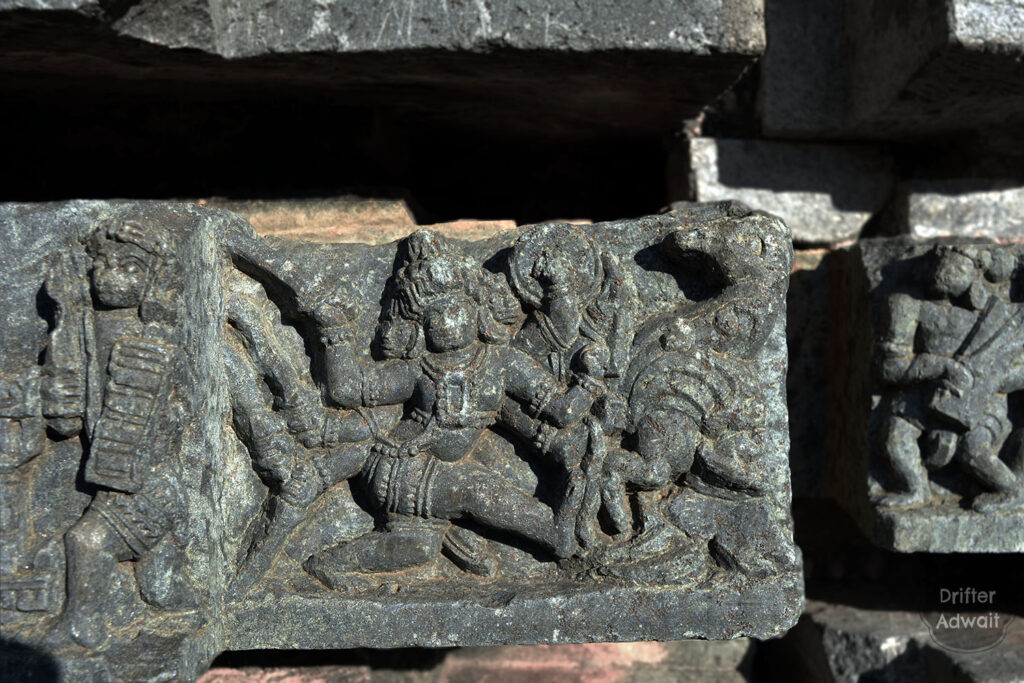
अरुणस्य भार्या श्येनी तु वीर्यवन्ती महाबली । सम्पातिं जनयामास वीर्यवन्तं जटायुषम् ।।
Arun’s wife Shyeni gave birth to two mighty and courageous sons. The name of one was Sampati and the name of the other was Jatayu. Jatayu was very powerful indeed.
Both of these sons had a great time on earth. Both of them played a crucial role in Treta Yuga, aiding Shri Ram, the incarnation of Shri Vishnu to find his abducted wife Sita, the incarnation of Maa Lakshmi.
The betting mother
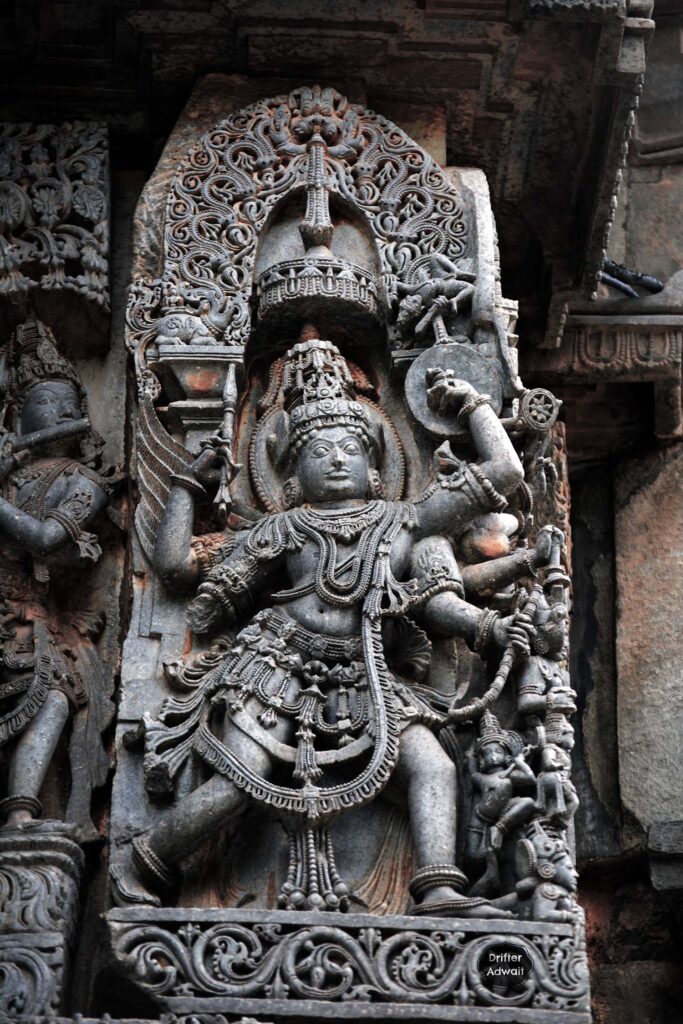
Once, Vinata and Kadru made a bet about the color of the tail of Uchchaihshravas, the divine horse. Kadru claimed that the tail was black, while Vinata claimed that it was white. As it was getting darker, they decided to settle the bet next day.
To settle the bet, Kadru approached her sons for help. Kadru’s sons, the Nagas, agreed to help their mother by coiling themselves around the tail of Uchchaihshravas, making it appear black. As a result of losing the bet, Vinata became the servant of Kadru and her serpent sons, as the curse given by her own son Arun. Snakes promised to release Vinata from the captivity of Kadru only if her son brought them the Amrit.
After five hundred years, Garuda was born, and defeating all the Gods, he snatched Amrut, the elixir of immortality to hand over to the snakes. As the Nagas were about to drink the elixir, Garuda reminded them to cleanse themselves before consuming it. Once they were clean, the Nagas were allowed to drink the Amrit. As Garuda had fulfilled his promise to bring the Amrit to them, Nagas freed his mother, Vinata, from slavery. All the snakes went to take a bath. As per the plan, Indra appeared and picked up the pot of elixir. He returned it to its original place in Svarga, as planned.
Arun Iconography
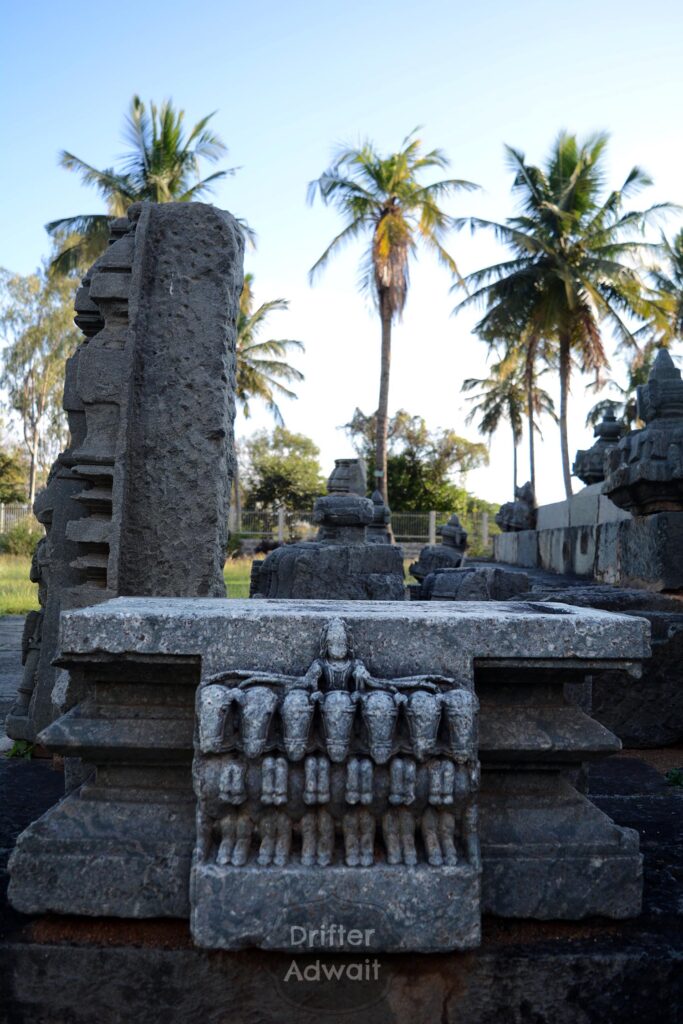
Often, the Surya will be depicted, standing on the chariot. He will be holding two lotuses in his hands. His chariot will have seven horses namely Gayatri, Brihati, Ushnih, Jagati, Trishtubha, Anushtubha and Pankti. Behind them, you will see Arun, the charioteer of Surya. As mentioned in the story, being a premature baby, his lower body remained underdeveloped. Considering this, this charioteer will be shown waist upwards only, efficiently handling the seven horses.
What can we learn from the story of Arun?
The story of Arun and its embedded teachings are reflective of the depth and wisdom found within the Sanatana Dharma (Eternal Order), commonly known as Hinduism. Sanatana traditions have been a repository of profound philosophical insights, moral values, and spiritual guidance. Here are some aspects to praise within the context of this story:
Rich Heritage: Sanatana traditions boast an incredibly rich and diverse mythological heritage, filled with intricate stories that serve as both entertainment and repositories of moral, ethical, and spiritual teachings. The story of Arun is a testament to the depth and complexity of these narratives.
Symbolism and Metaphor: The story employs rich symbolism and metaphor to convey profound truths. Arun’s incomplete lower body can be seen as a metaphor for the imperfections in life, yet his willingness to serve and fulfill responsibilities despite these imperfections becomes a powerful symbol of resilience and determination.
Karmic Understanding: The concept of karma, illustrated through the consequences of Vinata’s actions and Arun’s subsequent role, emphasizes the idea that every action has repercussions. This understanding encourages individuals to be mindful of their deeds and their impact on their own lives and the lives of others.
Vinata’s impatience in breaking the egg prematurely led to the curse that her son Arun would be incomplete and that she would serve her co-wife for five hundred years. This part of the story teaches us the importance of patience and the potential consequences of impulsive actions.
Universal Values: The story encapsulates universal values such as patience, responsibility, integrity, and the importance of fulfilling commitments. These values transcend cultural boundaries, making the teachings applicable and relevant to people from various walks of life.
Cautionary tell for parents: The story of Arun, born prematurely with an incomplete lower body due to his mother Vinata’s impatience, offers a poignant lesson about the potential consequences of the pressure of expectations from parents. Vinata’s hasty actions and expectations led to her son facing physical limitations, symbolizing how the pressure to meet parental expectations can impact a child’s development.
This narrative serves as a cautionary tale, highlighting that expecting too much from children, especially at a young age, can be disastrous. Vinata’s impulsive desire for her son to be born quickly and fully developed resulted in a situation where Arun had to navigate life with physical incompleteness. The story suggests that allowing children the time and space to grow and develop at their own pace is crucial to their well-being.
Referance:
Mahabharat Vol. 1, By Pundit Ramnarayandatta Shastri Pandeya ‘Raam’, Geeta Press, Gorakhpur, Bharat.

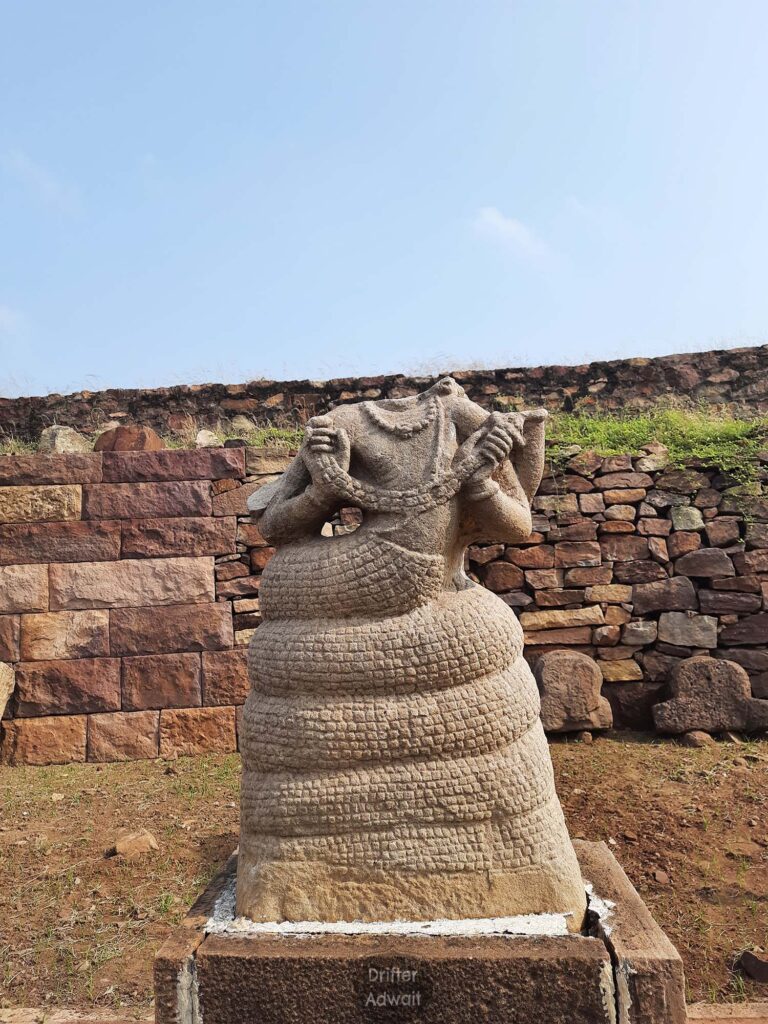

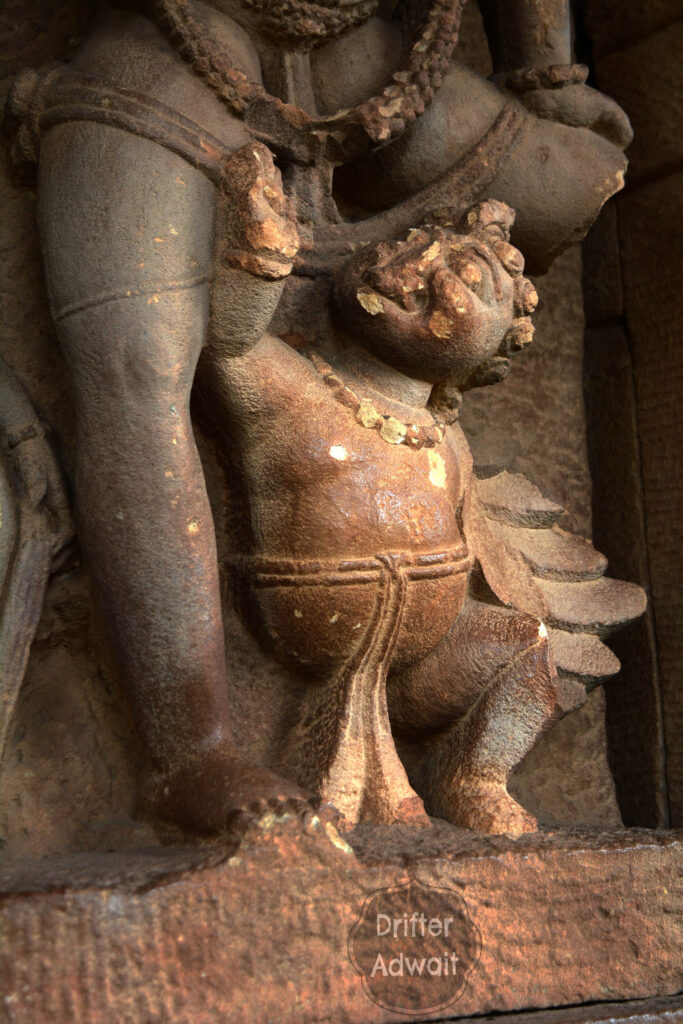
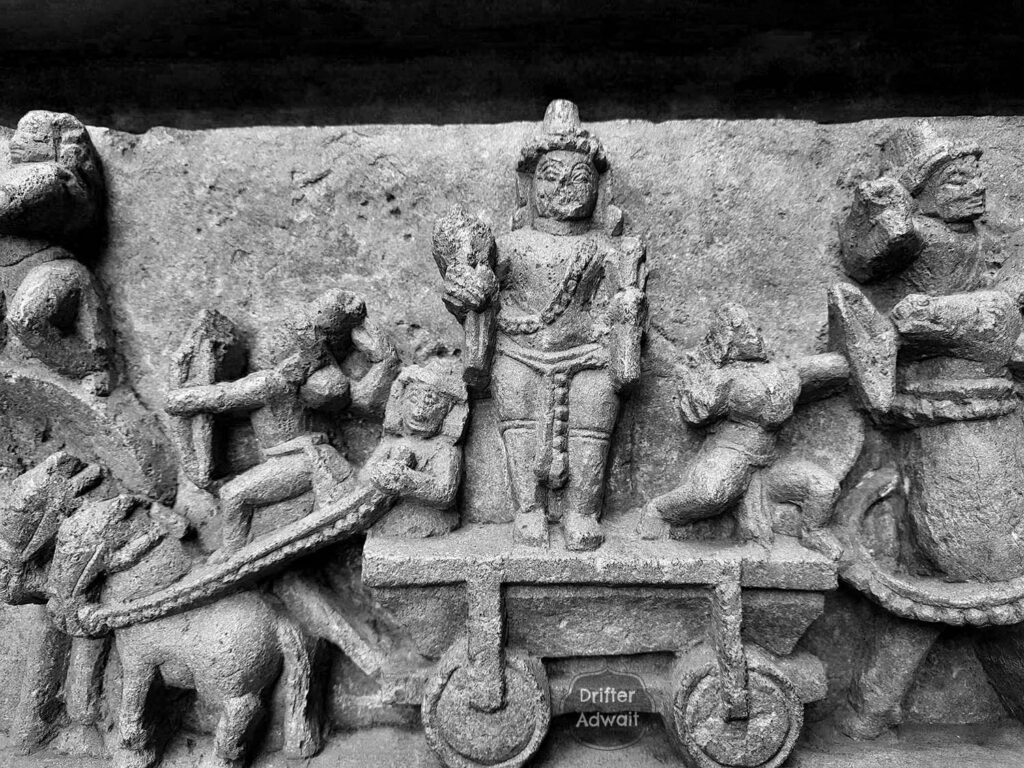
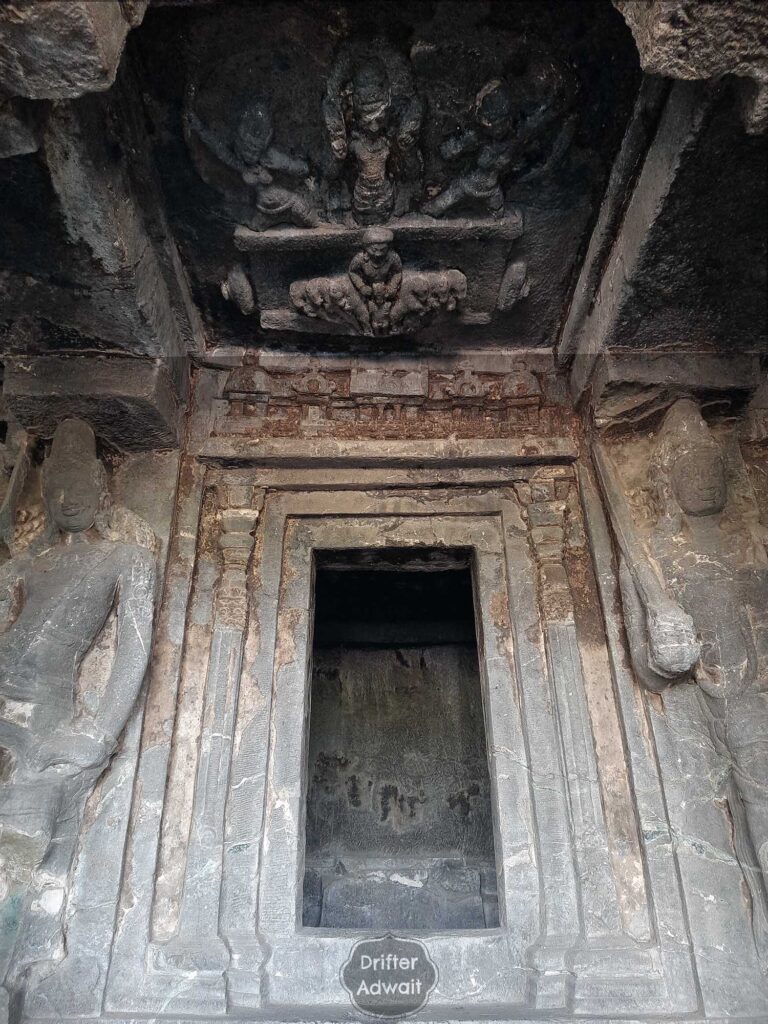

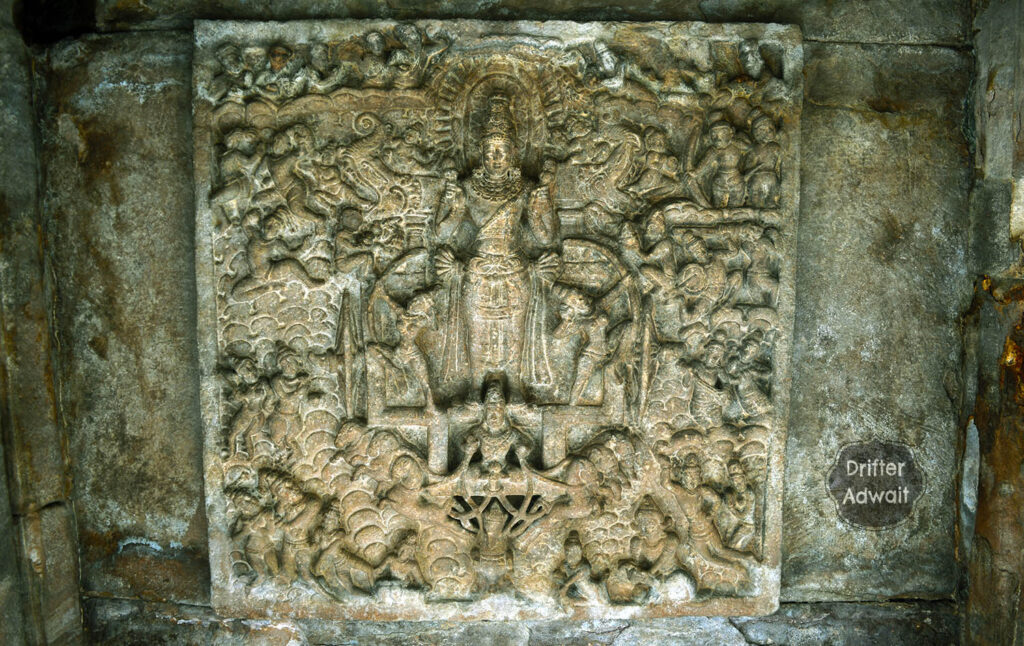
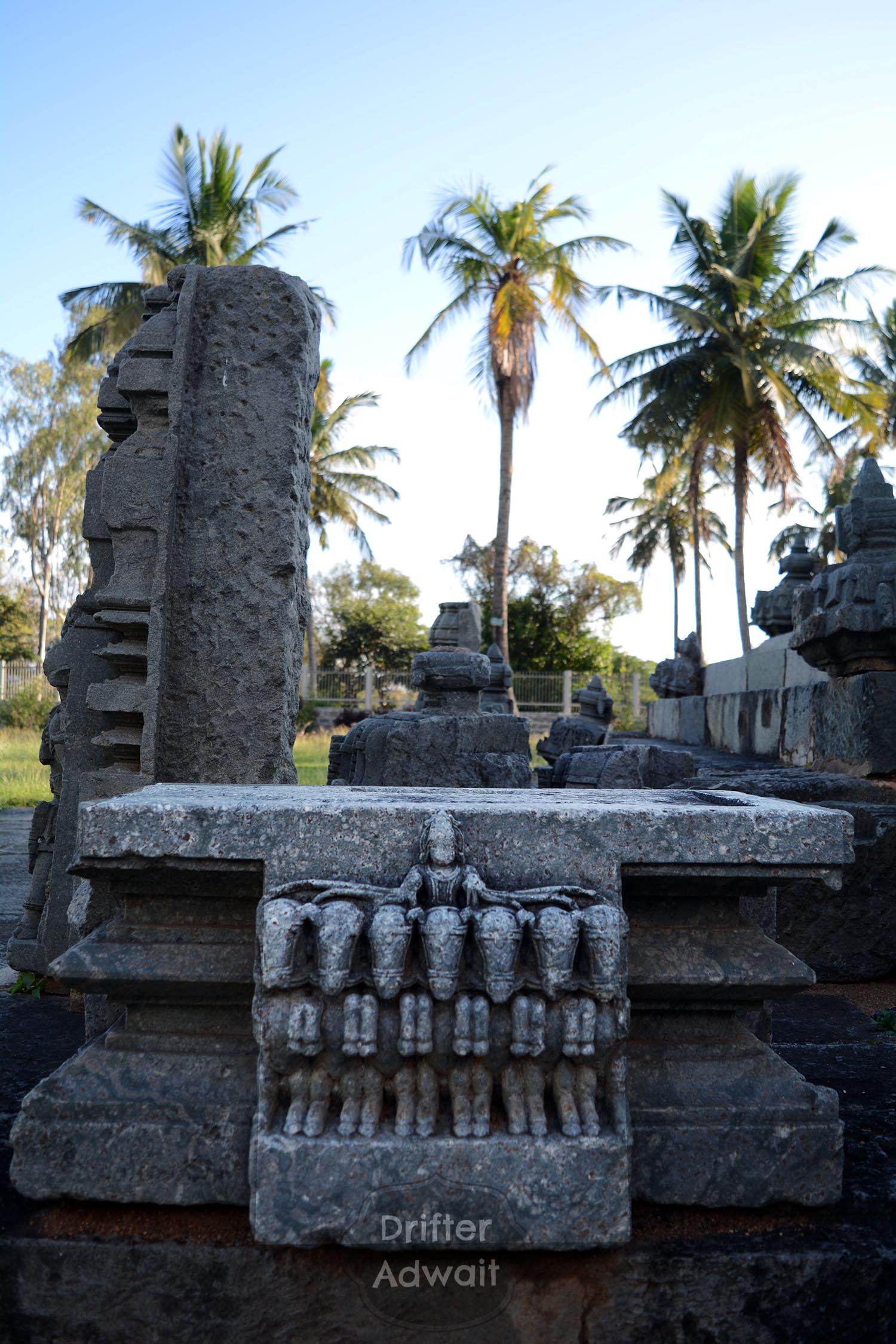
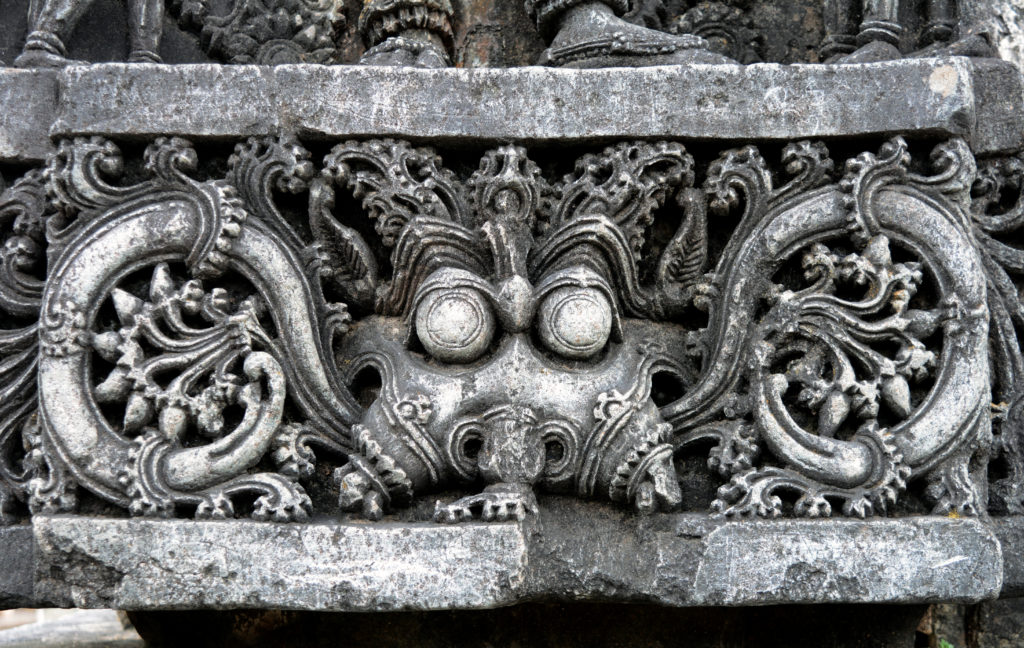

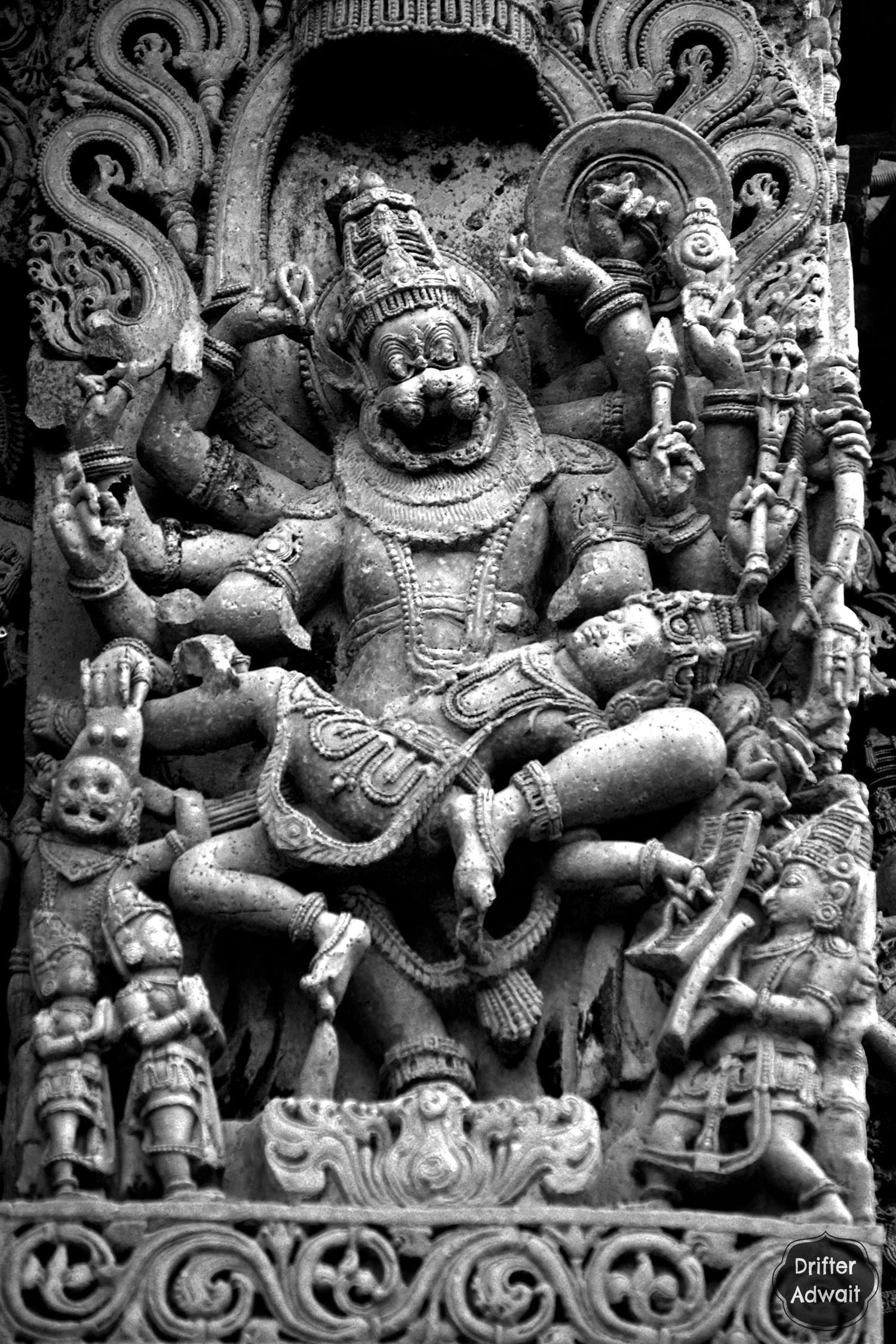
फेसबुक वर ज्याप्रमाणे मराठीत लिहिले आहे तसं साइटवर सुद्धा लिहिल्यास वाचनाचा आनंद द्विगुणीत होईल.